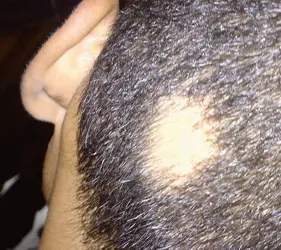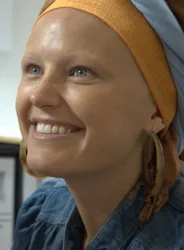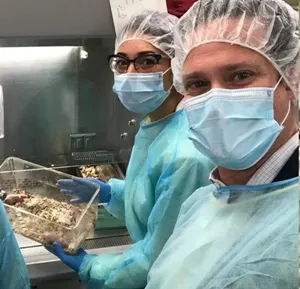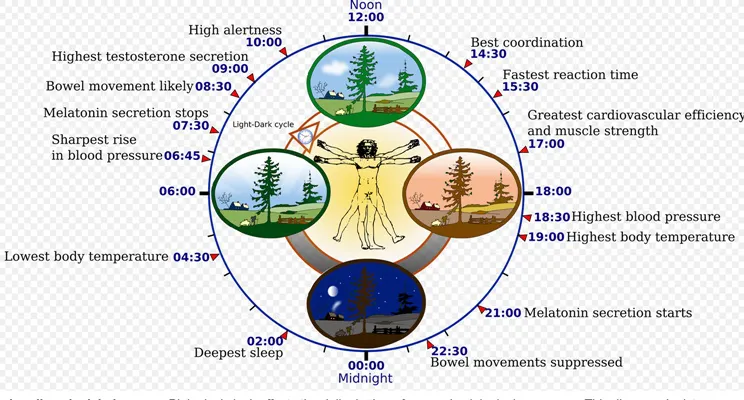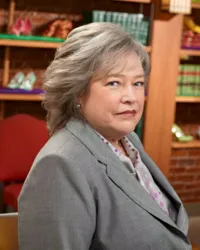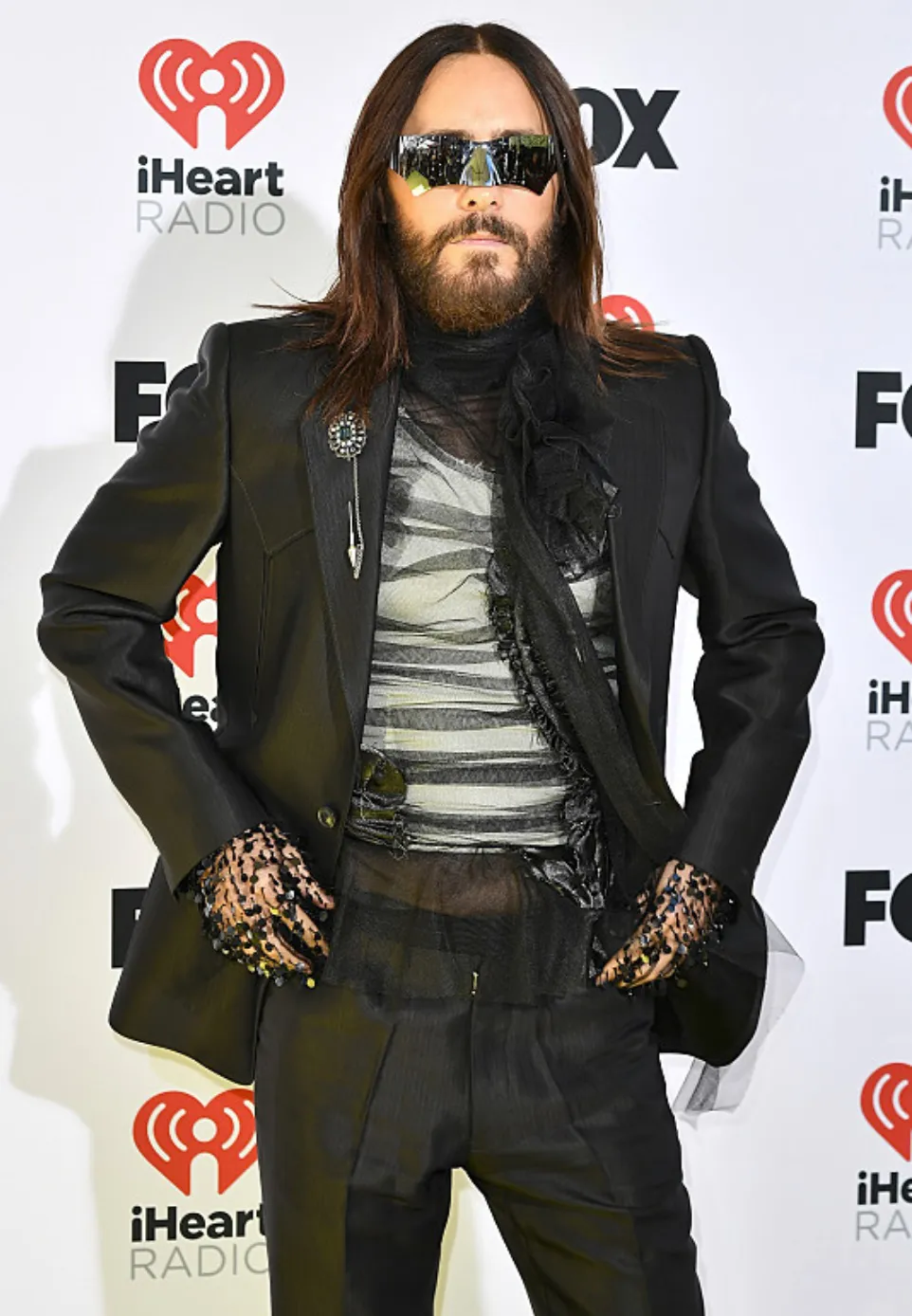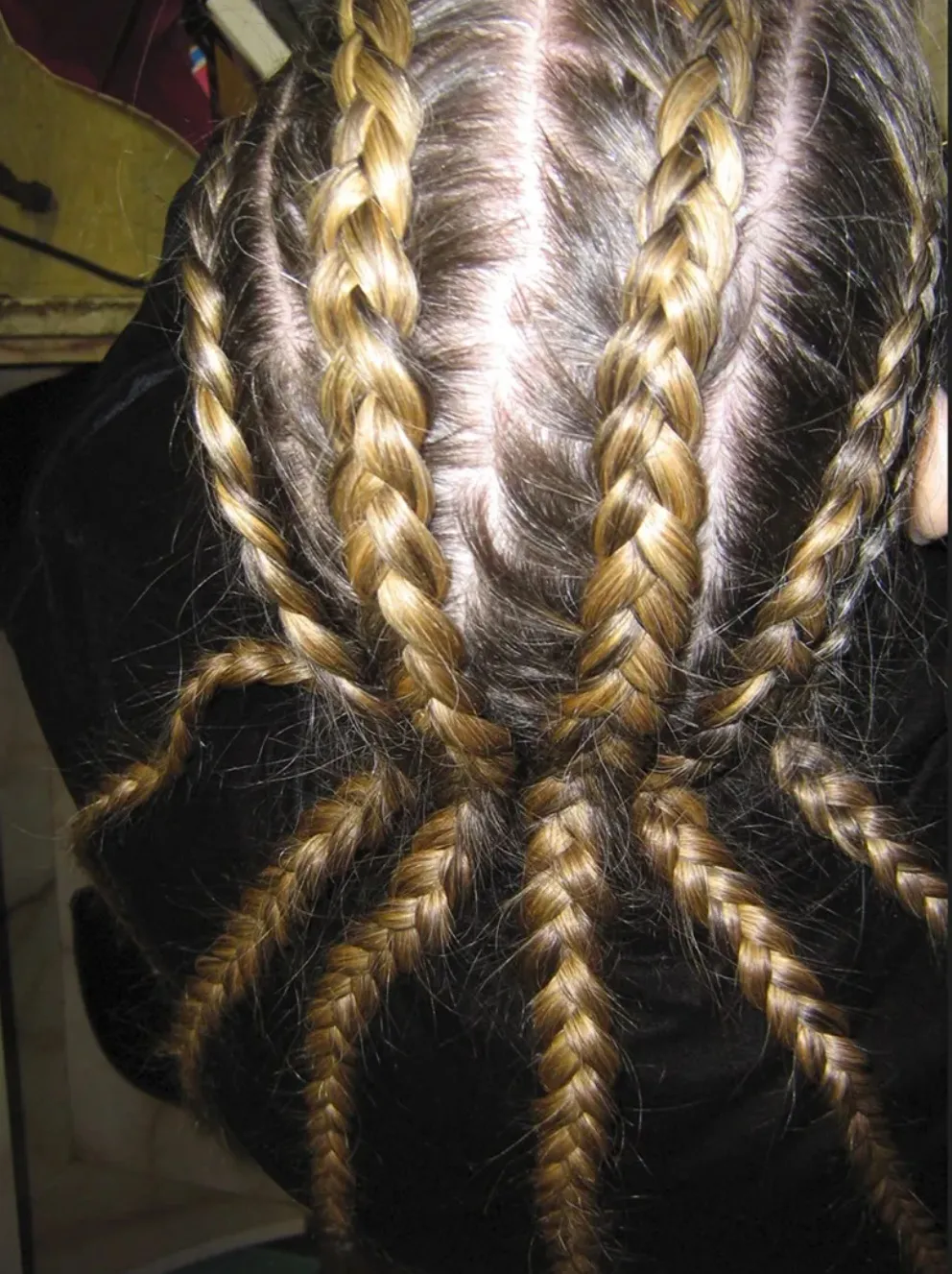
Using Stem Cells To Grow Hair
Introduction - Using Stem Cells To Grow HairClearwater Florida is the sight of clinical trails being conducted over the past several months to determine the benefit of using stem cells to grow hair.
The results of this clinical study could produce promising research for millions of people who've either already lost all their hair or who are in the process of losing it.
What Is Alopecia Areata (AA)
More than 4.7 million Americans struggle with Alopecia Areata (AA) which is a condition in which hair is lost from some or all areas of the body, usually from the scalp.
Because it causes bald spots on the scalp, especially in the first stages, it is sometimes called spot baldness. In 1–2% of cases, the condition can spread to the entire scalp (alopecia totalis) or to the entire epidermis (alopecia universalis).
Conditions resembling AA, and having a similar cause, occur also in other species.
Eight Genes Which Unpin Alopecia Areata
A team of investigators at Columbia University, department of dermatology and genetics and development, has uncovered eight genes that underpin alopecia areata, one of the most common causes of hair loss. Since many of the genes are also implicated in other autoimmune diseases, including rheumatoid arthritis and type 1 diabetes - and treatments have already been developed that target these genes.
According to Dr. Angela Cristiano, the lead author of the research, the genes responsible for the disease are nearly the same as those of patients with rheumatoid arthritis, Type 1 diabetes and celiac disease. The discovery may soon lead to new treatments for the 5.3 million Americans suffering from hair loss caused by alopecia areata.
Eight Genes
Among the eight genes, one stands out for its potential role in the onset of alopecia areata. The gene, called ULBP3, is known to act as a homing beacon for cytotoxic cells that can invade and quickly destroy an organ.
Normally, ULBP3 is not present in hair follicles, but its proteins are abundant in hair follicles affected by alopecia areata. The proteins attract cells marked by a killer cell receptor, known as NKG2D. In addition to ULBP3, two other genes are expressed in the hair follicle, while the five remaining genes are involved in the immune response.
Finding the initial genes underlying alopecia areata is a big step forward, but the nature of the genes is even more exciting," said Angela M. Christiano, PhD, professor of dermatology and genetics and development at Columbia University, and lead author of the study.
Experimental Treatment In Clearwater, Florida
Using stem cells to grow hair back is the focus of the experimental treatments in Clearwater for 400 people. The trial is privately funded, but some of the participants are experiencing promising hair regrowth indications.
Dr. Michael Markou is the owner and operator of Markou Hair Restoration, which is located at 1266 Turner Street in Clearwater. He told the media that stem cell treatments may help others regardless of why they're losing their hair. Markou is a licensed physician who practices family medicine and specializes in medical and surgical hair restoration.
Note: For more information call Hair and Scalp Clinics at 1-800-883-4247
Markou reports 70 to 80 percent of those involved in the clinical trials are seeing noticeable results. "It's very encouraging. It works great in patients who are starting to thin, men and women."
Markou says the treatment is safe, uses your own blood and is already being used to treat other things. "We're using it a lot in orthopedic medicine in injections. A lot of athletes have had this done. It's been used for years in wound healing."
How The Experiments Work
Dr. Markou works in conjunction with John Satino, who started losing his own hair back in the 60s. Markou explained how the treatments work. He said "when we draw the blood. We isolate the platelets, which have what we call growth factors in them, and when we inject these into the scalp, what they do is they actually trigger the stem cells of the hair follicle to either thicken or to reproduce."
Not everyone is a good candidate for the treatments. Why? Men or women that are totally bald or have been for many years, there's no live hair follicles, so growth factors, or stem cells, or dynamite isn't going to grow hair in an area where there's nothing there to work with.
Cellular Medicine
Dr. Markou says, "It's the next area in medicine that we're turning to. It's cellular medicine, cellular therapy, platelets, growth factors.
The body's own ability to heal itself, something we were taught years back in medical school, and now we're finally practicing. It's exciting."
Summary - Using Stem Cells To Grow Hair
Patients in the clinical trial pay for the lab work only, which can run several hundred dollars. They're being tracked for a year. Although the clinical trial is open to men and women, 10 percent of the current participants are women.The data is going to be published in a medical journal.
Depending on how promising the results are, the procedure may become a standard treatment in the future for hair loss.Social Media Network Information
Please follow us on Twitter at: https://Twitter.com/HairBoutique. I look forward to meeting new people from all walks of Twitter and learning from their Tweets.


